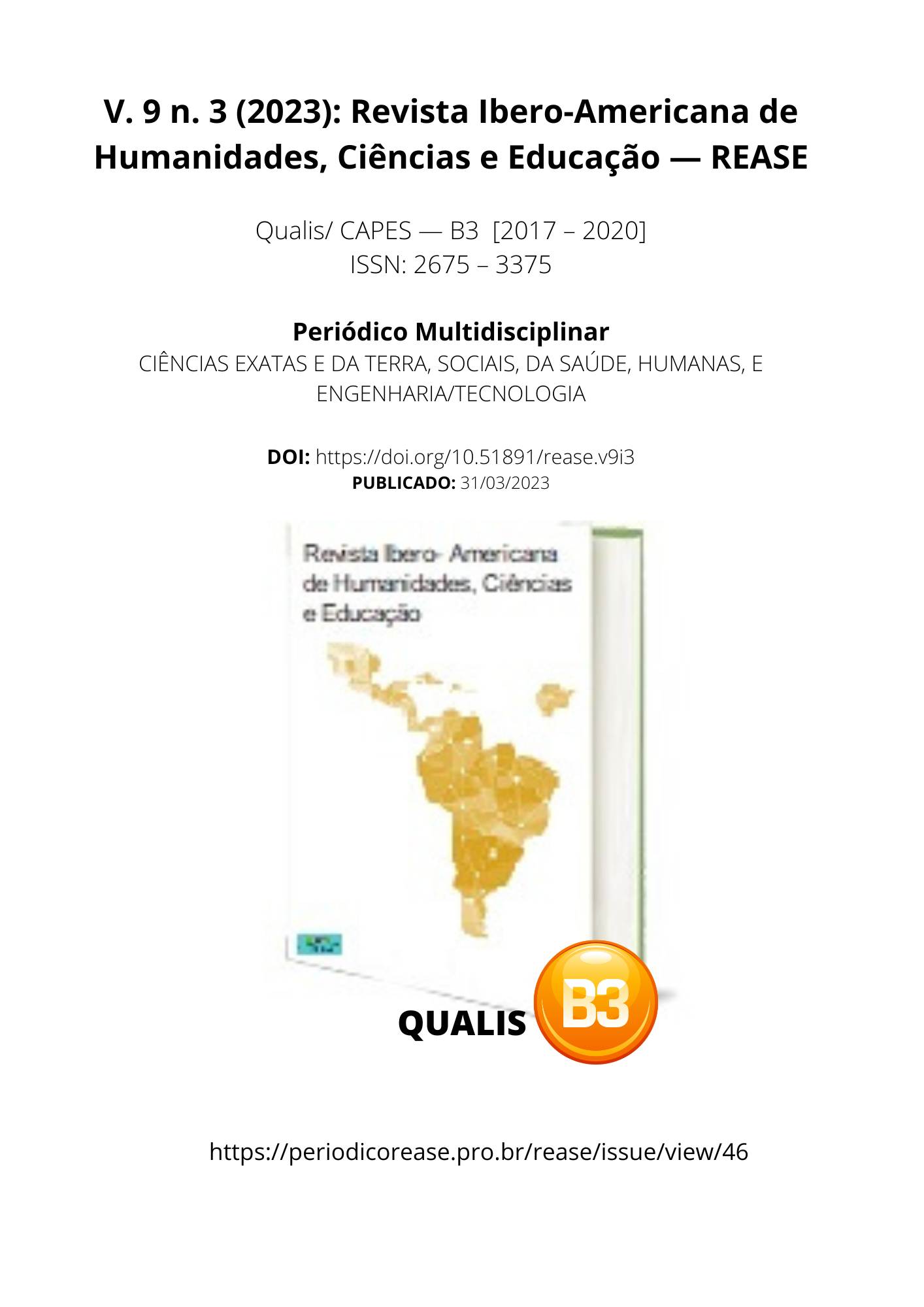MEANINGFUL LEARNING IN MATHEMATICS THROUGH THE USE OF CONCRETE MATERIALS IN HIGH SCHOOL SCHOOL: AN ESSAY UNDER CONSTRUCTION
DOI:
https://doi.org/10.51891/rease.v9i3.8794Keywords:
Mathematics. Learning. High School.Abstract
Learning is a procedure that motivates us, makes us grow intellectually, changes our behavior, develops skills, making us capable of overcoming ourselves and transforming ourselves into better people. School is the main environment for meaningful learning to take place. There are theories related to learning that interpret how knowledge happens. In the following text, we approach the cognitive theory based on the organizational system of Bruner, Ausubel, Piaget and Vygotsky, whose authors complement each other in their theories so that meaningful learning occurs, mainly in mathematics. Bruner contributes by presenting the organization of the Spiral Curriculum, Ausubel brings the importance of empirical knowledge to aggregate scientific knowledge, thus being able to build new knowledge. Piaget offers the importance of using and handling concrete material as a stimulus to the construction of knowledge. Finally, Vygotsky's theory presents the importance of social relations and the environment for learning to occur through the exchange of experiences, stimulation and guidance. And it is within the school that every stimulus will be provided through actions that lead to attitudes of understanding and, above all, applying what has been taught.
Downloads
Downloads
Published
How to Cite
Issue
Section
Categories
License
Atribuição CC BY

